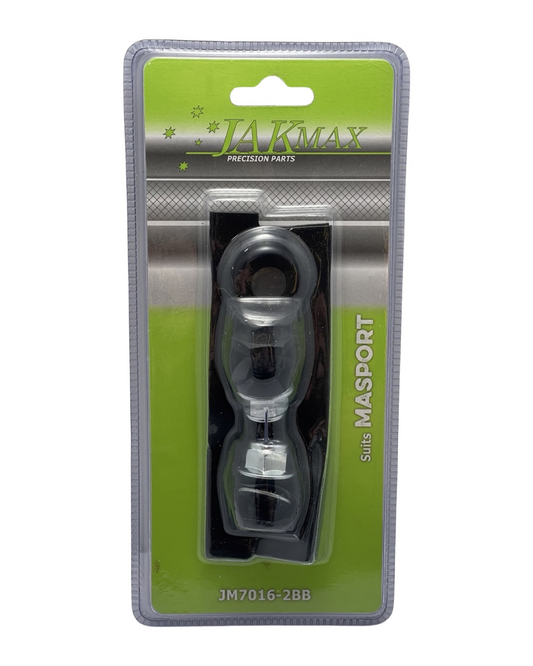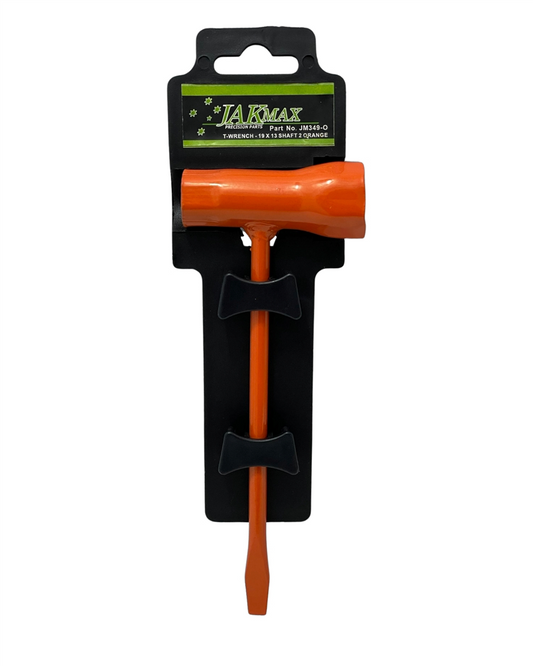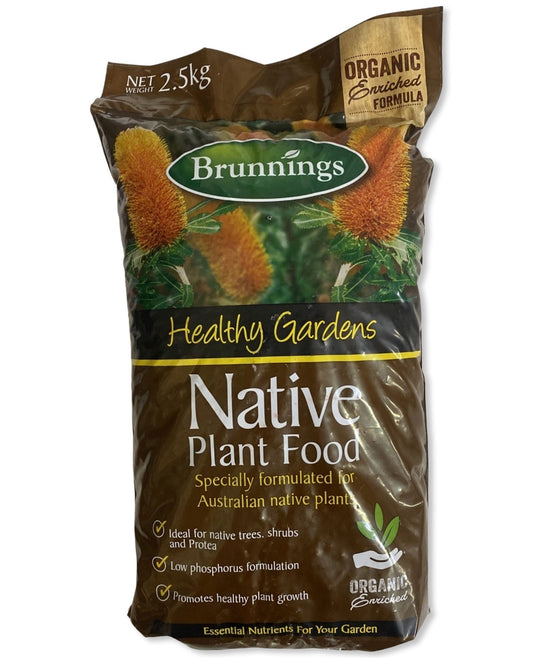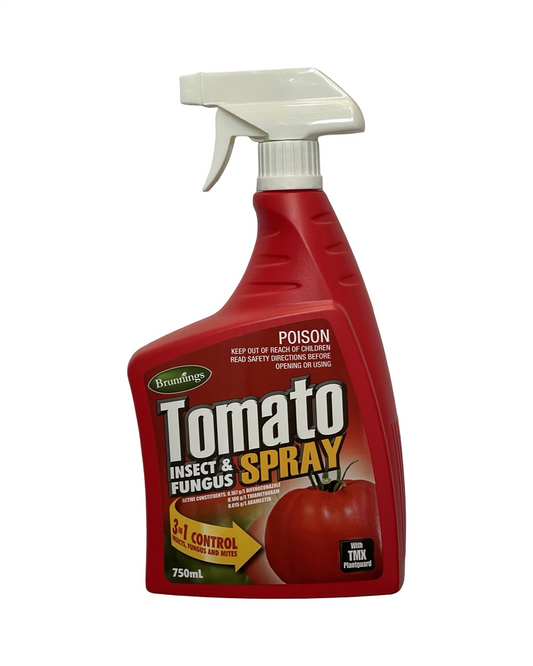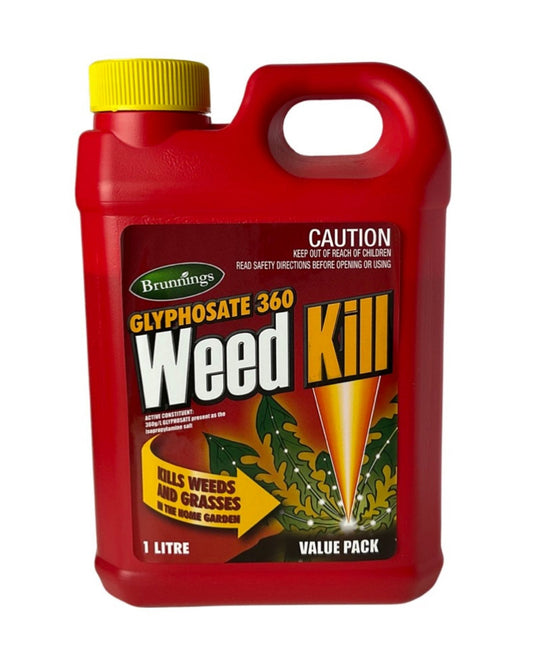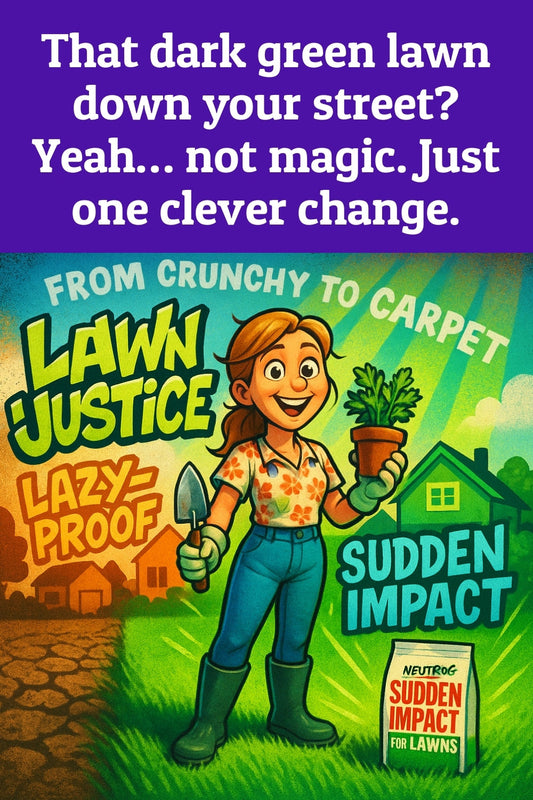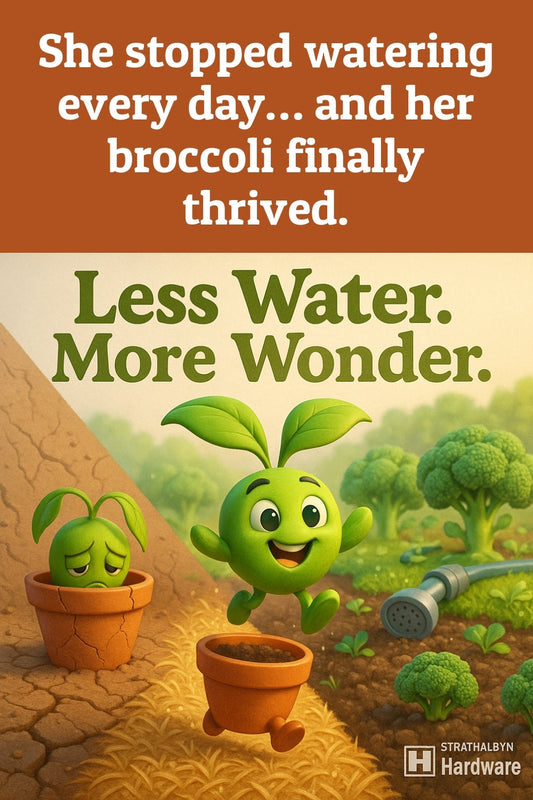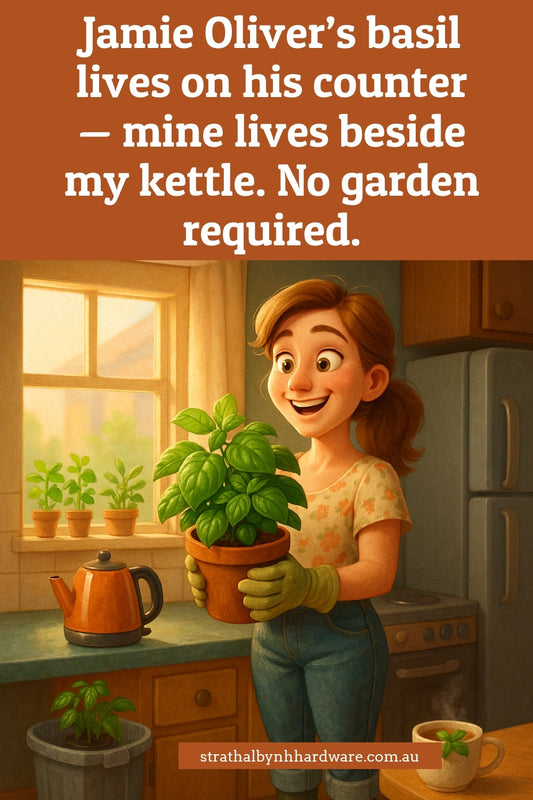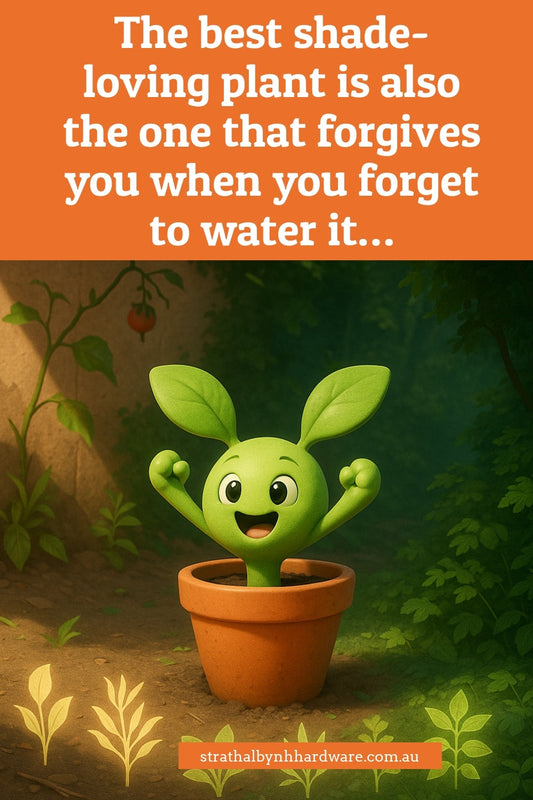Are Your Leafy Greens Turning Yellow? Could Brunnings Sulphate of Ammonia Boost Their Nitrogen Levels?
Share
What Causes Yellowing Leaves — and How to Bring Back That Garden Green
You wake up one morning, wander out to admire your veggie patch, and — oh no! — those leafy greens you were so proud of look more lemon than lettuce. We've all been there. Whether it's your spinach, lettuce, or a lovingly planted patch of onions, those yellow leaves are like your plants crying out for help. But good news? That cry has an answer, and it might be sitting right on the shelf waiting for you!

Why Your Greens Are Going Gold (and Not in a Good Way)
When leaves start yellowing, the most common culprit is a nitrogen deficiency. I'd liken it to the plant version of low energy — they can’t push out new, strong leaves without nitrogen. It's the nutrient that powers lush, leafy growth. Picture trying to run a marathon after skipping dinner. Exactly that!
Our gardens, especially after a good stretch of rain or if the soil’s a bit on the sandy or alkaline side, often lose this vital nutrient faster than you think. That’s when stress shows — in your once-sprightly green leaves heading into yellow territory.
Brunnings Sulphate of Ammonia to the Rescue
This is where Brunnings Sulphate of Ammonia struts onto the gardening stage. It’s like a power shake for your plants — packed with fast-acting nitrogen to pep them up and get them growing strong again.
If you’ve ever wondered how seasoned gardeners coax those deep green leaves from a veggie patch, there’s a good chance this has something to do with it. It works beautifully for leafy crops like spinach, kale, and lettuce. But it’s not fussy — onions, banana trees, tall trees, and even your lawn? All fans of this nitrogen hit.
Easy to Use (No Sweat, No Stress)
One of the best parts — it’s totally beginner friendly. I remember my first round using Brunnings Sulphate of Ammonia. I stood staring at my lettuce patch, looking more like warmed-up salad mix than garden-fresh greens. Sprinkled this magic powder* around the base and watered it in... fast forward a week, and those leaves were perking up like daisies (or, you know, lettuce).
- Dry or wet — your choice: You can toss it straight onto the soil or dissolve it in water for a more even go, especially helpful on lawns.
- Helps with alkaline soil: If a soil test tells you your garden beds are heading into high pH territory, this helps restore a better balance.
- No big gear needed: A watering can, maybe a small spreader if you're feeling fancy. That's about it.
Possible Outcomes: Should You Be Cautious?
Yes — but don’t overthink it. Like anything good, moderation is key. If you overdo this stuff, you can end up feeding the plants too fast, causing all greens and no fruits, or burning the roots. Follow the label. And when in doubt, come see us down at the garden centre. We're always up for a chat (and maybe a few gardening high-fives 🖐).
From Patchy to Proud — You’ve Got This
A yellowing lettuce bed doesn’t mean you're a bad gardener — it just means you're still learning that your plants talk, just not in words. When they whisper “I need more,” something like Brunnings Sulphate of Ammonia helps you answer loud and clear.
So, if your lush aspirations are wilting along with your spinach leaves, don’t panic. With the right gear under your belt — or in your watering can — you’re already halfway to a garden you can feel proud of.
Remember, it's okay to make a few garden mistakes. That’s how we all started. The big win is learning what your plants need and knowing where to get the tools to fix it.
Want help choosing the right fertiliser, or wondering when to feed your plants next? Pop in and say g’day or give us a buzz at Strathalbyn H Hardware. Ask for me, Candeece — I'd love to help you find what you need!
Happy leaf-greening 🌱
— Candeece
 Stay Connected
Stay Connected
Join our gardening community on Facebook the Urban Gardener's Notebook
And follow our Store Facebook Page: Strathalbyn H Hardware on Facebook

